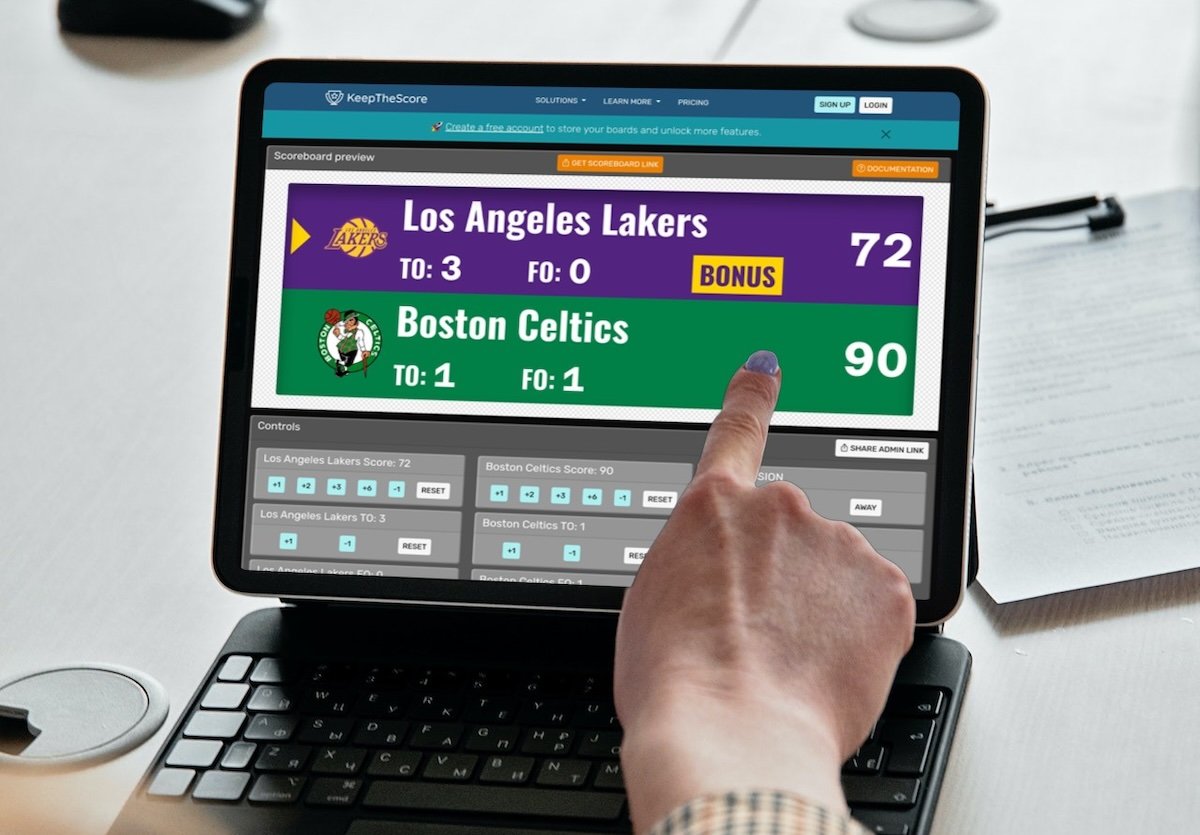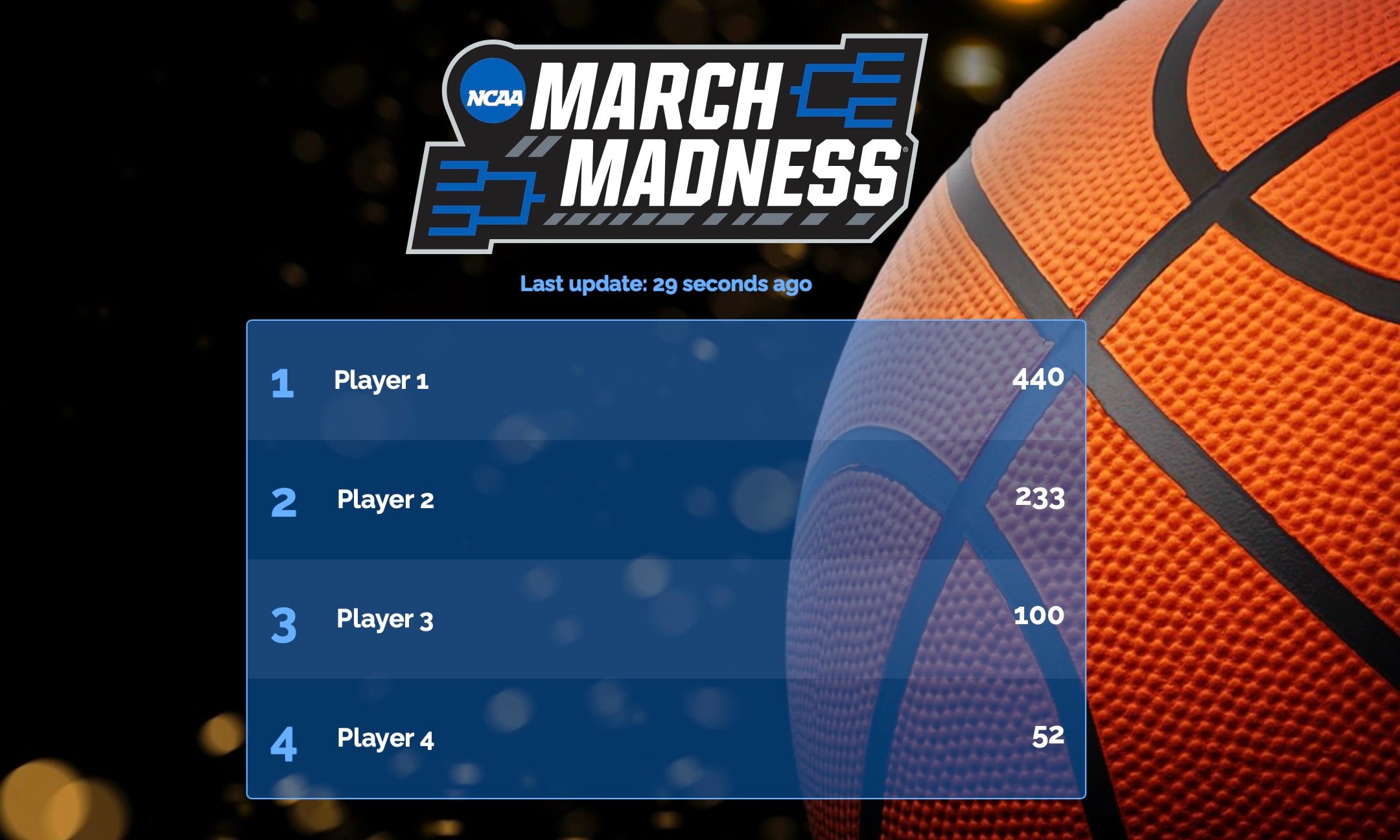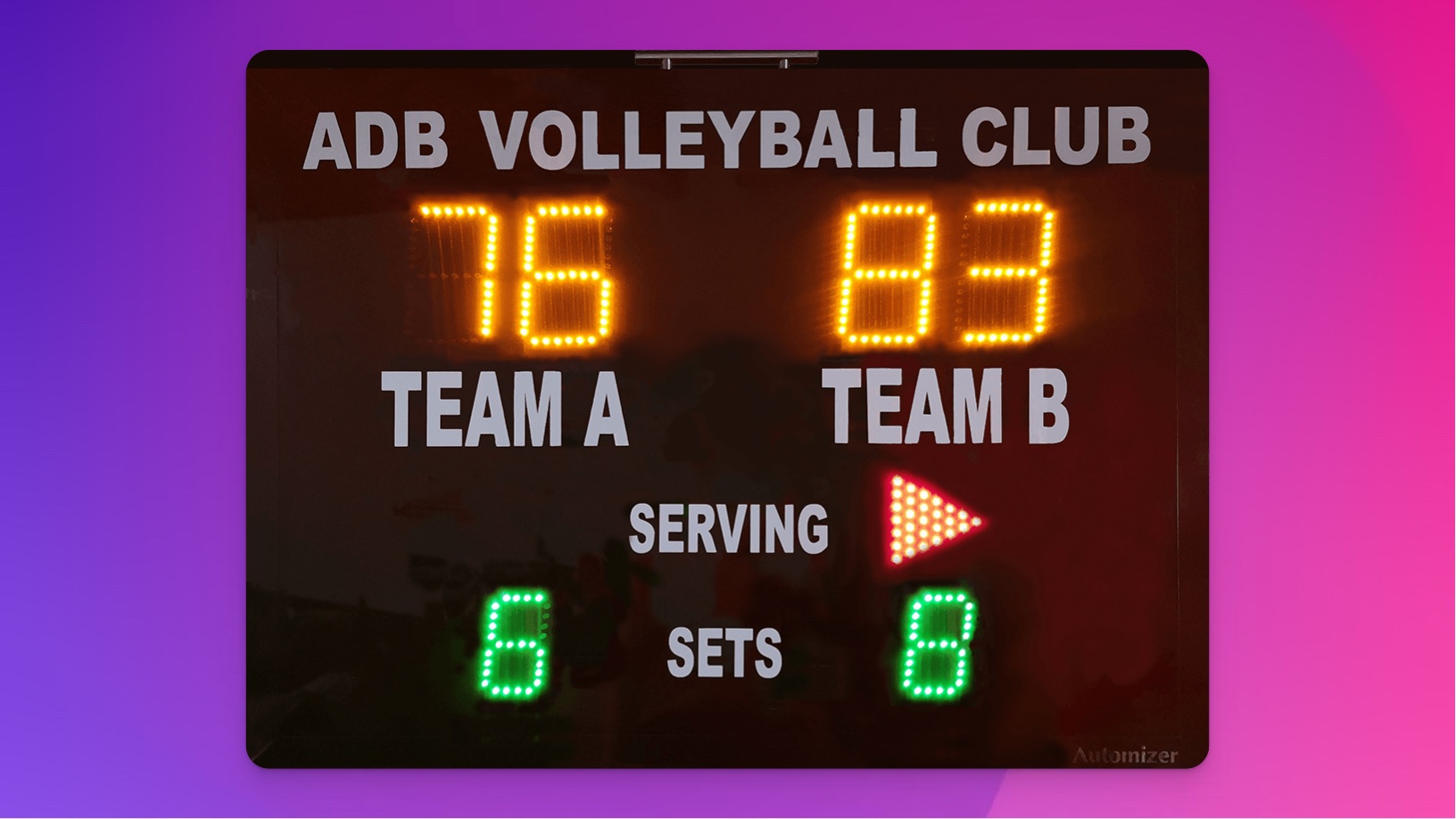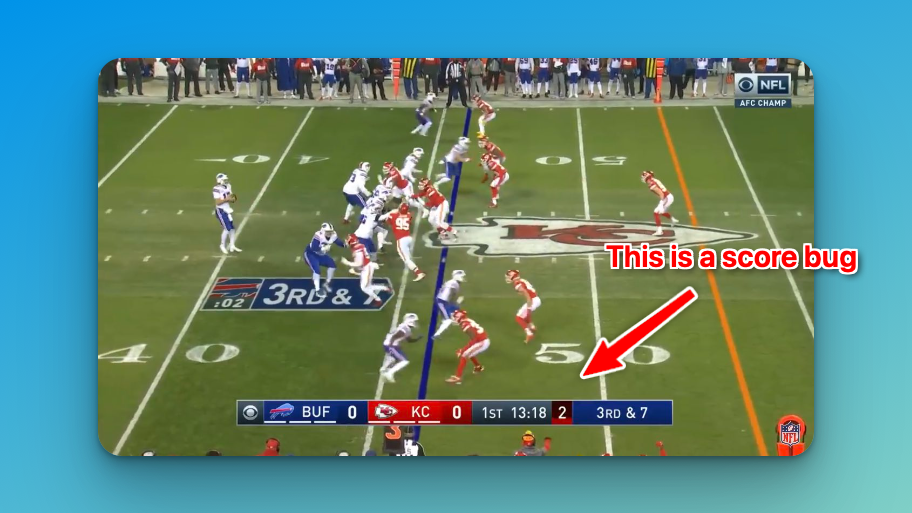Overview
Basketball scoring involves two main methods
- Field goals: a player scores 2 points for a successful shot made from within the three-point line and 3 points for a successful shot made from beyond the three-point line.
- Free throws: a player scores 1 point for each successful shot made from the free-throw line, awarded after a foul.
The team with the most points at the end of the game wins.

Field goals
Field goals in basketball are shots taken from the court during the course of the game. Points are scored for successful field goal shots, with different point values depending on where the shot is taken from. A field goal shot made within the three-point line is worth 2 points, while a shot made beyond the three-point line is worth 3 points. Field goal shots can be made using various techniques, such as layups, jump shots, or dunk shots. The objective of a field goal is to shoot the ball through the hoop, which is positioned 10 feet high, while avoiding the defense of the opposing team.
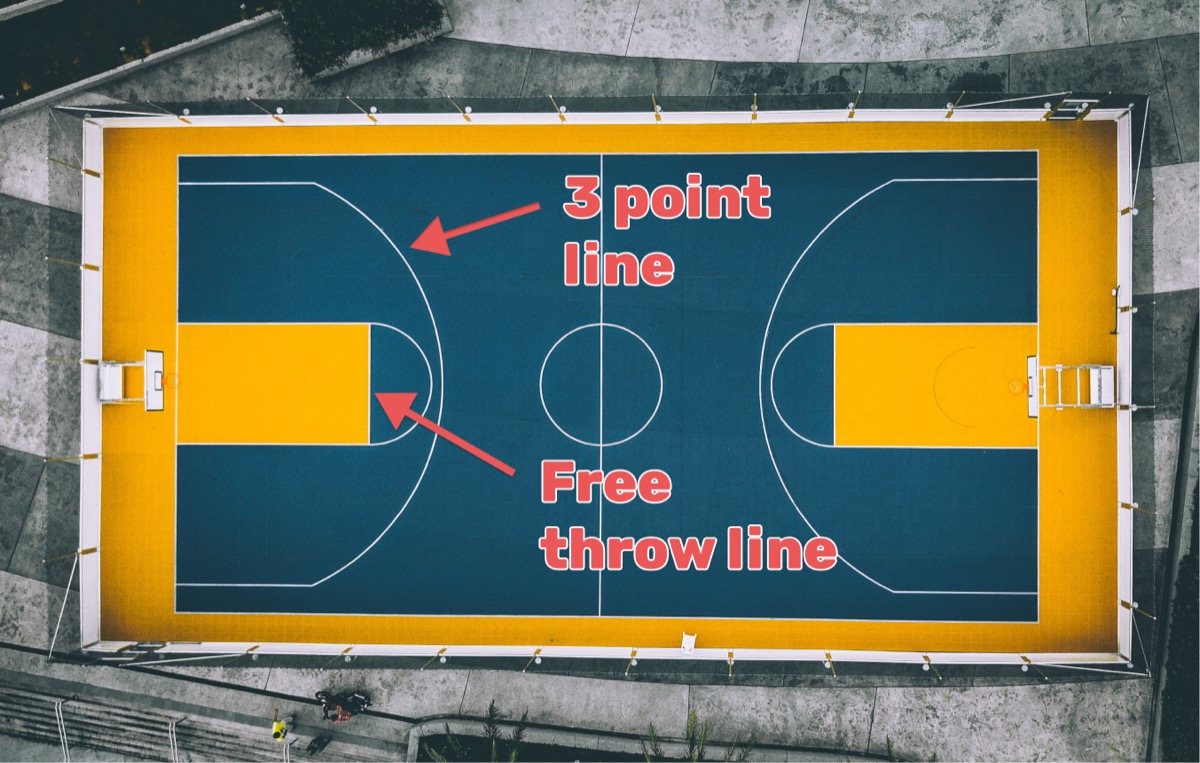
Free throws
Free throws are awarded to a player after a foul has been committed by the opposing team. A foul is any illegal physical contact made by a player, such as pushing, holding, or striking an opponent. When a foul is committed, the player who was fouled is awarded one or more free throw attempts, depending on the severity of the foul. Free throws are taken from the free-throw line, which is 15 feet from the basket. During a free throw attempt, the player has ten seconds to release the ball and score a point. Only the player taking the free throw is allowed to touch the ball, and the rest of the players must stay behind the three-point line. A successful free throw shot is worth one point. Free throws can be an important factor in close games, as they provide an opportunity to score points without the defense of the opposing team.
Bonus throws
The "bonus" refers to a situation in which the opposing team has committed a certain number of team fouls within a given period, usually a half of the game. Once the opposing team has committed the specified number of fouls, the team that was fouled is awarded bonus free throw attempts for each subsequent foul. The number of team fouls required to reach the bonus varies by league, but in the National Basketball Association (NBA), it is typically 4 fouls per half.
In college basketball, the bonus situation works similarly to the NBA. In most NCAA Division I games, the bonus is triggered after the opposing team has committed 7 fouls in a half. Once the bonus is in effect, the player who was fouled is awarded one free throw for each common foul committed by the opposing team.
What are "and ones"?
"And ones" refer to a situation in which a player scores a field goal and is also fouled on the same play. The player is then awarded one or more free throw attempts in addition to the field goal. If the player makes the free throw attempt( s), they are said to have scored an "and one." This results in the player scoring one point for the field goal and one or more additional points for the successful free throw(s), hence the term "and one." The "and one" scenario can be a significant momentum boost for a team and can also result in a change in the score of the game.
What information is displayed on a basketball scoreboard?

A typical basketball scoreboard displays the following information:
- Score: The current score for each team, displayed in large numbers, is the most important information.
- Time: The time remaining in the game or in a specific quarter or half.
- Quarter/Half: The quarter or half in which the game is being played.
- Fouls: The number of fouls committed by each team is displayed on the scoreboard. This is important as the number of fouls affects the game in various ways, such as awarding free throws and determining when the bonus is in effect.
- Timeouts: The number of timeouts remaining for each team is displayed on the scoreboard. This is important as timeouts can be used by teams to rest and strategize during the game.
- Bonuses: Indicates when a team has entered the bonus situation, allowing for additional free throw attempts after a certain number of fouls by the opposing team.
- Shot clock: Displays the amount of time a team has to attempt a shot. This ensures that teams cannot hold onto the ball indefinitely and adds pace to the game.
In addition to these basic elements, some scoreboards may also display additional information such as the names of the players, player statistics, and game-related announcements.
Using scoreboard software
Keepthescore.com is one of the leading solutions for creating basketball scoreboards.
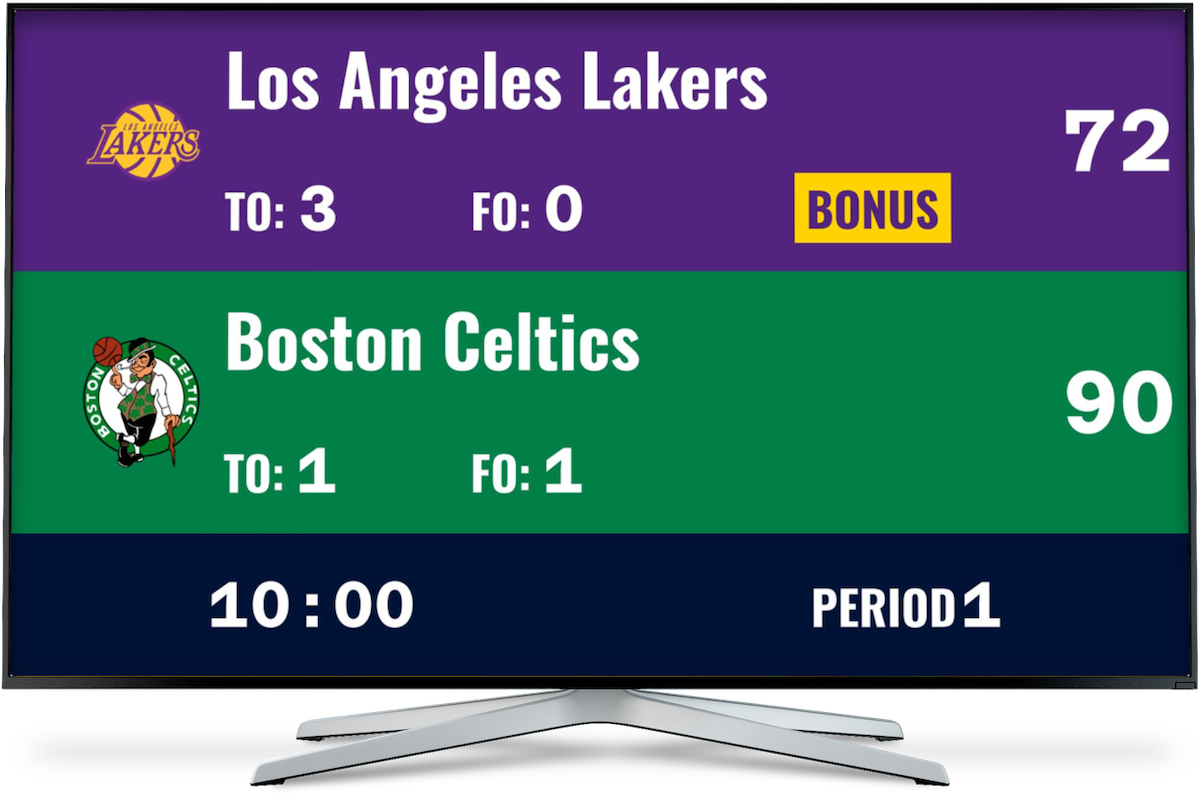
We pride ourselves on being very easy to get started with. You can literally be up and running in under 30 seconds, no registration nor payment required. If you don't believe us, give it a try. Click the button below 👇
What's very convenient is that you can control your scoreboard from anywhere, including a tablet or mobile phone.
